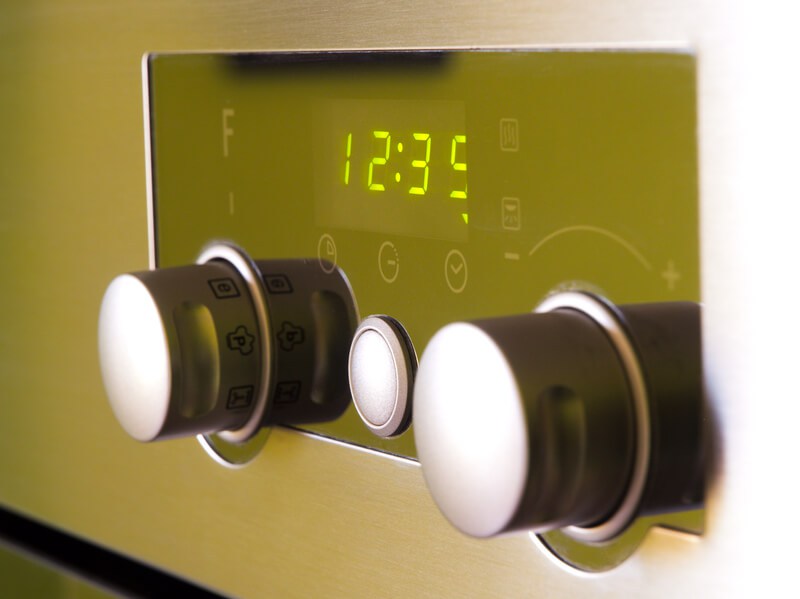Switzerland’s power grid is part of a large pool of ebbing and flowing electricity spanning 25 countries, known as the Continental European (EC) power grid. © Mauro77photo | Dreamstime.com - Click to enlarge Enough electricity must be fed into it to keep it at a stable frequency. The EC’s magic number is 50 Hz. Maintaining this requires a carefully coordinated trans-national balancing act. When electricity consumption rises, power stations across the network must work harder. Normally the system works well. However, political friction in the Balkans has upset the amount of power going in. Kosovo decided to massively cut the power it was putting in. The back up plan when this happens is for Serbia to ramp up
Topics:
Investec considers the following as important: Featured, newsletter, Swiss Markets and News
This could be interesting, too:
Nachrichten Ticker - www.finanzen.ch writes Die Performance der Kryptowährungen in KW 9: Das hat sich bei Bitcoin, Ether & Co. getan
Nachrichten Ticker - www.finanzen.ch writes Wer verbirgt sich hinter der Ethereum-Technologie?
Martin Hartmann writes Eine Analyse nach den Lehren von Milton Friedman
Marc Chandler writes March 2025 Monthly
Switzerland’s power grid is part of a large pool of ebbing and flowing electricity spanning 25 countries, known as the Continental European (EC) power grid.
Enough electricity must be fed into it to keep it at a stable frequency. The EC’s magic number is 50 Hz. Maintaining this requires a carefully coordinated trans-national balancing act. When electricity consumption rises, power stations across the network must work harder.
Normally the system works well. However, political friction in the Balkans has upset the amount of power going in.
Kosovo decided to massively cut the power it was putting in. The back up plan when this happens is for Serbia to ramp up production. This didn’t happen due to political tensions between the countries. As a result electricity frequency has fallen across Europe.
This fall in frequency has affected clocks on devices that calculate time based on electrical frequency. Because 50 Hz is exactly fifty oscillations per second, these clocks assume fifty oscillations is one second. But the overall electricity frequency across Europe has fallen, averaging 49.996 Hz since mid January, so time for these devices has effectively slowed down.
This frequency difference might appear small but over a long period of time it accumulates. Clocks likely to have been affected, such as radio-alarm clocks, oven clocks and clocks for programming heating, are now around 6 minutes behind.
Getting back to normal could take several weeks, according to The European power association (ENTSO-E). Until then you have a new excuse for arriving late to work.
Tags: Featured,newsletter

